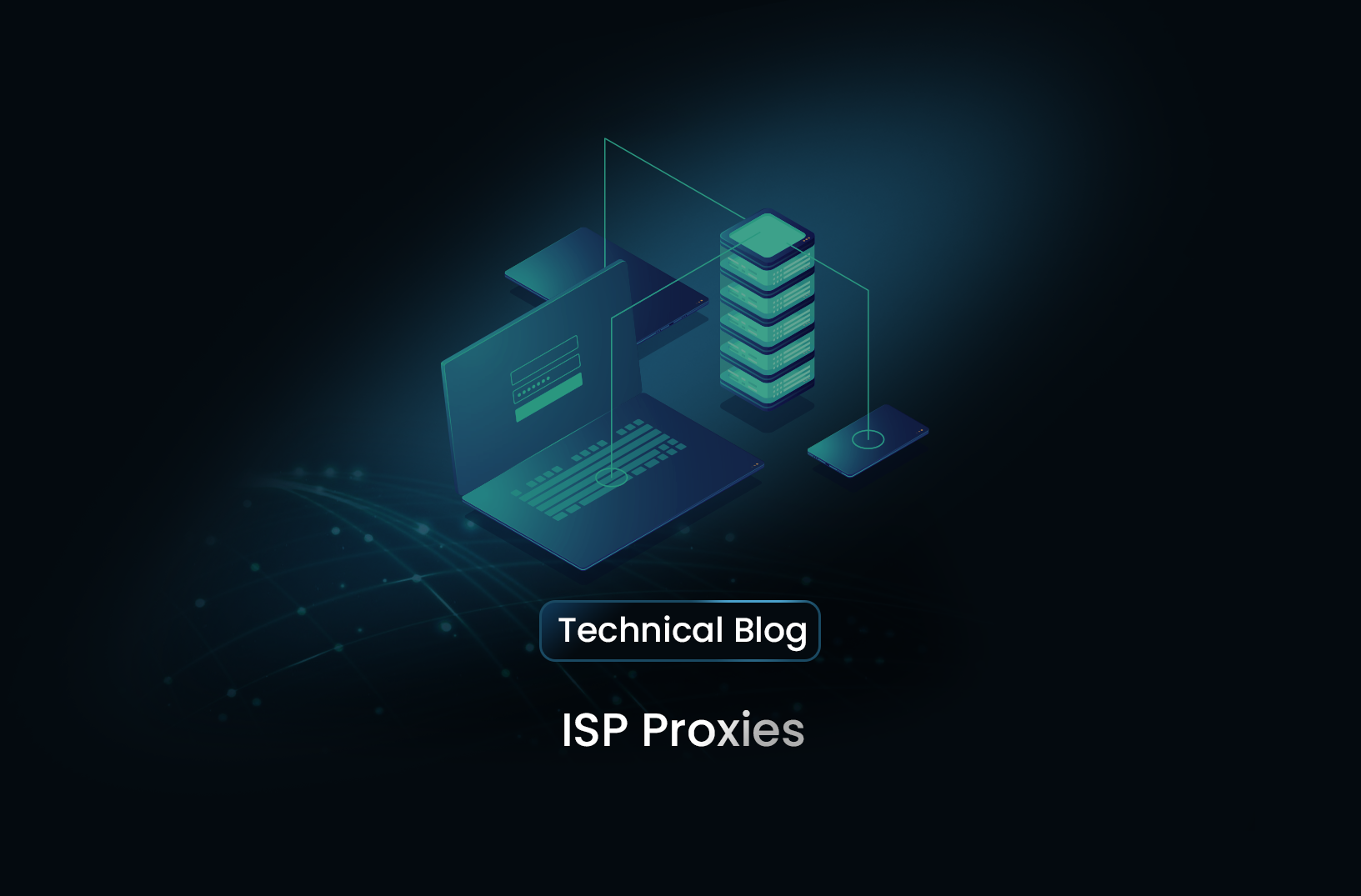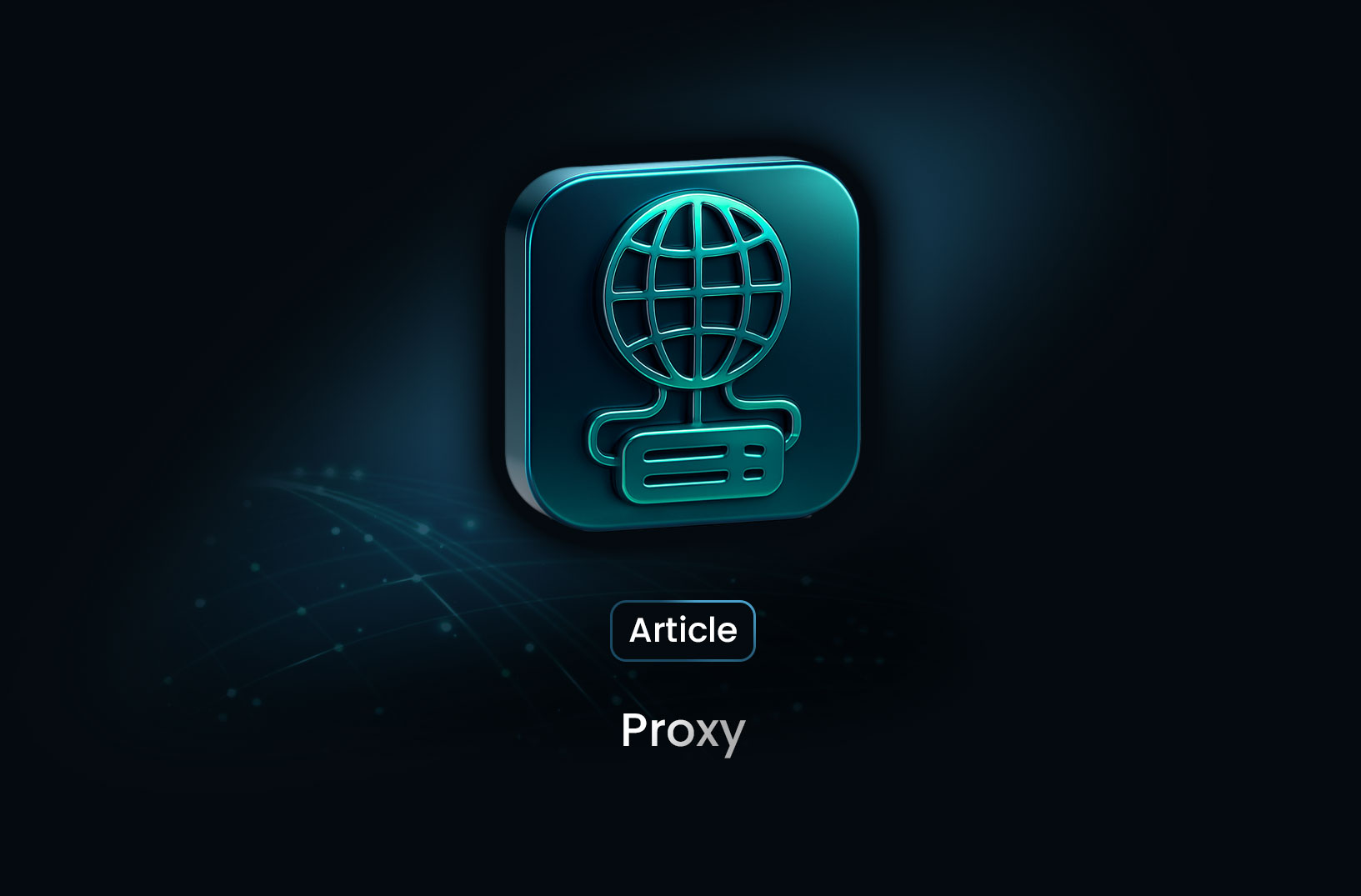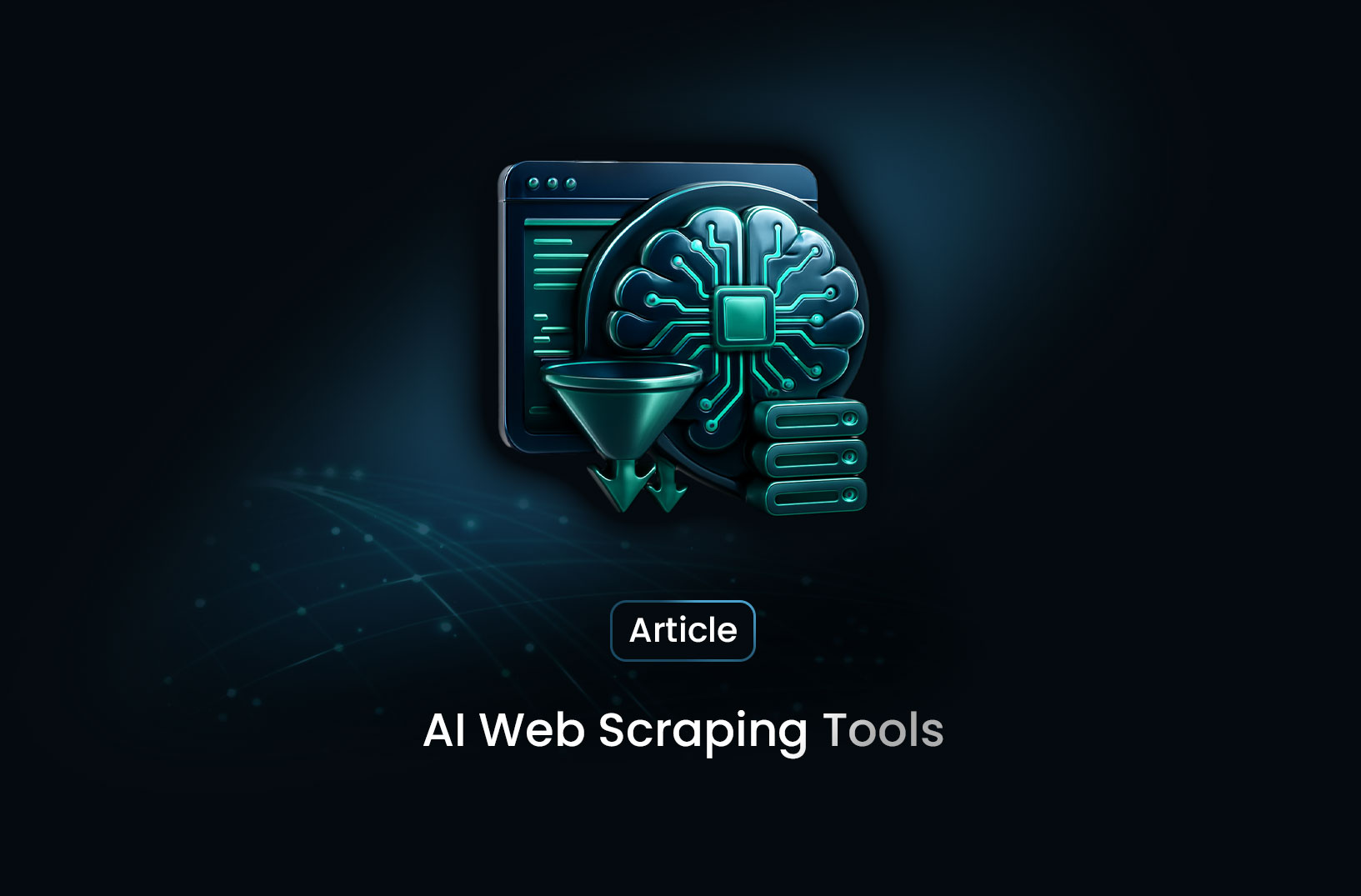
Understanding ISP Proxies: Architecture and Functionality
ArticleISP (Internet Service Provider) proxies are specialized IPs provided by ISPs but hosted on data center infrastructure.
ISP (Internet Service Provider) proxies are specialized IPs provided by ISPs but hosted on data center infrastructure. These proxies combine the authenticity of residential proxies with the scalability and speed of data center proxies, making them ideal for applications requiring high anonymity and efficient data transmission.
In contrast to standard data center proxies, ISP proxies operate with ISP-allocated IPs, enhancing their legitimacy by mimicking real user connections. This unique architecture allows users to achieve high throughput with low latency while bypassing common IP detection mechanisms, as ISP proxies appear as real residential IPs.
How ISP Proxies Operate
An ISP proxy intercepts and reroutes requests via ISP-assigned IP addresses, applying advanced routing protocols to ensure minimal latency. Here’s an in-depth breakdown of the ISP proxy operation:
- Client Request Initiation: The user’s device initiates a request, which is directed to the ISP proxy server.
- Routing Layer: The ISP proxy employs a routing layer that can handle multiple concurrent connections. This layer uses network load balancing to ensure efficient distribution of requests across multiple ISP IPs.
- Transmission Layer Security: ISP proxies incorporate HTTPS/SOCKS5 protocols, allowing secure, encrypted requests that protect user anonymity.
- IP Masking and Forwarding: Requests are forwarded to target websites, with ISP IPs masking the origin. The target perceives this request as coming from a legitimate residential user.
- Data Return Path: The data is routed back through the ISP proxy, ensuring anonymity and returning it to the original client.
This layered approach ensures robust privacy and avoids IP blocks, making ISP proxies essential for data-intensive and security-sensitive applications.
Benefits of ISP Proxies for Technical Applications
- Enhanced IP Anonymity and Residential Authenticity: ISP proxies provide residential-grade IPs without the dependency on physical residential networks, reducing detection risk.
- Network Stability and Low Latency: ISP proxies benefit from data center-grade infrastructure with high bandwidth allocation, reducing latency and ensuring uptime.
- Encrypted Connection Protocols (HTTPS/SOCKS5): ISP proxies support advanced protocols like HTTPS and SOCKS5, which enable end-to-end encryption of requests, enhancing data security during transmission.
- Scalable IP Pooling: Many ISP proxy providers offer large IP pools with rotating or static options, enabling large-scale applications that require multiple concurrent connections.
Technical Use Cases for ISP Proxies
Web Scraping and Data Extraction
- Challenge: Many websites deploy sophisticated anti-bot measures, including IP-based detection.
- Solution: ISP proxies offer residential-grade IPs in data centers, facilitating large-scale web scraping by avoiding detection and blocking.
- Implementation Tip: Use rotating ISP proxies combined with request throttling to mimic organic traffic patterns and reduce detection risks.
Ad Verification and Compliance
- Challenge: Businesses need accurate regional data to verify ad placements, detect fraud, and ensure compliance.
- Solution: With ISP proxies, advertisers can view ads as regional users, effectively bypassing regional ad restrictions.
- Implementation Tip: Implement geotargeting with ISP proxies to simulate user access from specific regions for precise verification.
E-commerce Monitoring and Price Aggregation
- Challenge: Competitor websites often restrict IPs associated with data centers.
- Solution: ISP proxies enable frequent, anonymous access to e-commerce platforms without triggering anti-bot mechanisms.
- Implementation Tip: Configure proxy rotation intervals to periodically switch IPs while maintaining session persistence for improved data accuracy.
Social Media Management and Multi-Account Operations
- Challenge: Social media platforms detect and block IPs associated with data centers for multi-account management.
- Solution: ISP proxies allow for secure management of multiple accounts by simulating residential connections.
- Implementation Tip: Implement session management and cookie persistence alongside ISP proxies to avoid account flagging.
Choosing an ISP Proxy Provider: Technical Criteria
When selecting an ISP proxy provider, consider these technical specifications:
- High IP Pool Diversity: Providers with large, diverse ISP IP pools minimize the risk of detection.
- Network Bandwidth and Latency: Evaluate the provider’s bandwidth capacity and typical latency to ensure it aligns with your application’s requirements.
- Protocol Support (HTTP, HTTPS, SOCKS5): Ensure the proxy provider supports multiple connection protocols for maximum compatibility and security.
- IP Rotation Frequency: For applications requiring frequent IP changes, look for providers with configurable IP rotation intervals.
- Regional Coverage: Verify that the provider offers IPs in regions relevant to your target market, especially for applications requiring localized access.
Configuring ISP Proxies: Technical Setup and Best Practices
To integrate ISP proxies into your infrastructure, follow these steps:
- Configuration in HTTP Clients: Set up ISP proxies in HTTP clients like requests (Python) or other SDKs compatible with proxy configurations.
- Network Protocol Selection: Use HTTPS or SOCKS5 for enhanced security, ensuring end-to-end encrypted transmission.
- Session Management: For applications requiring persistent sessions (e.g., social media or e-commerce), use static IPs or configure cookies to maintain session continuity across proxy switches.
- Load Balancing and Proxy Pooling: Distribute traffic across multiple ISP IPs to balance loads, reduce latency, and prevent server overloads.
Sample Code Snippet (Python)
Here’s an example configuration using the requests library in Python with an ISP proxy for web scraping:
import requests
# ISP proxy configuration
proxy = {
"http": "http://username:password@proxy_address:port",
"https": "https://username:password@proxy_address:port"
}
# Sample GET request
url = "https://example.com"
response = requests.get(url, proxies=proxy, timeout=10)
# Checking response status
if response.status_code == 200:
print("Successfully accessed the target website!")
else:
print("Failed to connect:", response.status_code)
This setup authenticates requests through an ISP proxy, bypassing typical IP blocks. The timeout parameter prevents long connection waits and enhances efficiency.
Conclusion
ISP proxies offer a highly technical solution that combines the best of residential and data center proxies, enabling reliable, high-speed, and secure connections for complex applications. By incorporating ISP proxies with best practices in IP management, session control, and protocol selection, users can maximize their anonymity and access without sacrificing performance.
Find more insights here

Proxy 101: What Is a Proxy and Why It Matters for Web Scraping
Learn what a proxy is, how it works, the different types of proxies, and why proxies are essential f...

LunaProxy vs PYPROXY — Which Proxy Service Fits Your Needs in 2025?
Compare LunaProxy and PYPROXY in 2025 to find out which proxy service fits your scraping, automation...

7 Most Effective AI Web Scraping Tools for Automated Data Extraction in 2025
A look at 7 AI web scraping tools that stand out in 2025—what they offer, how they work, and why MrS...
